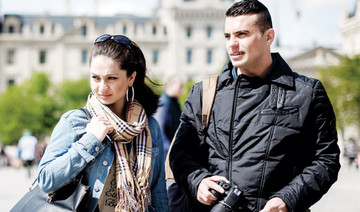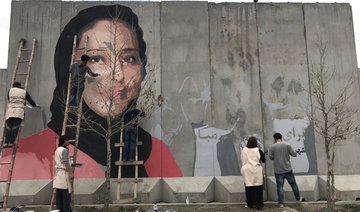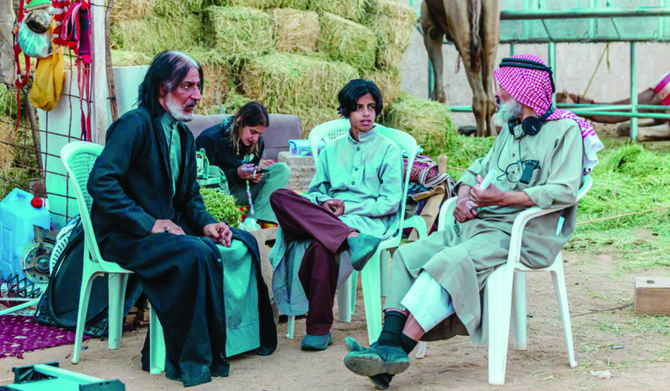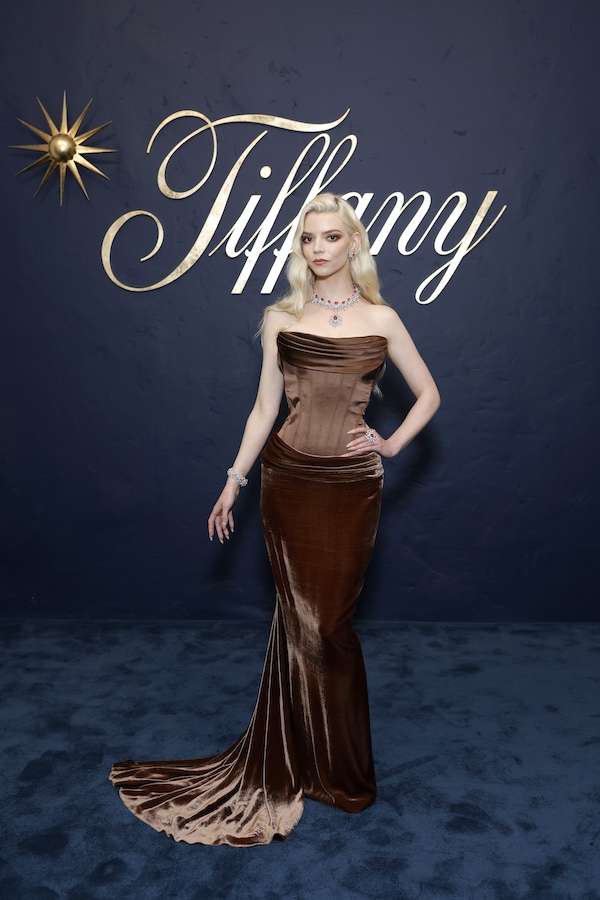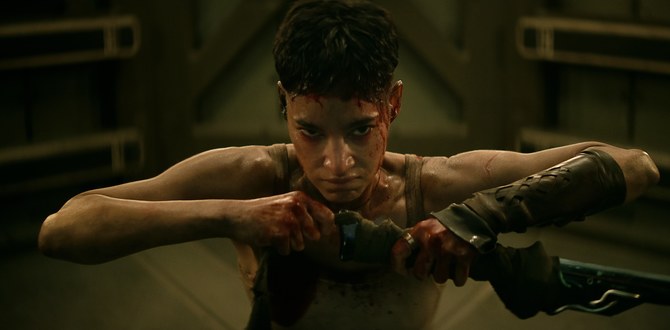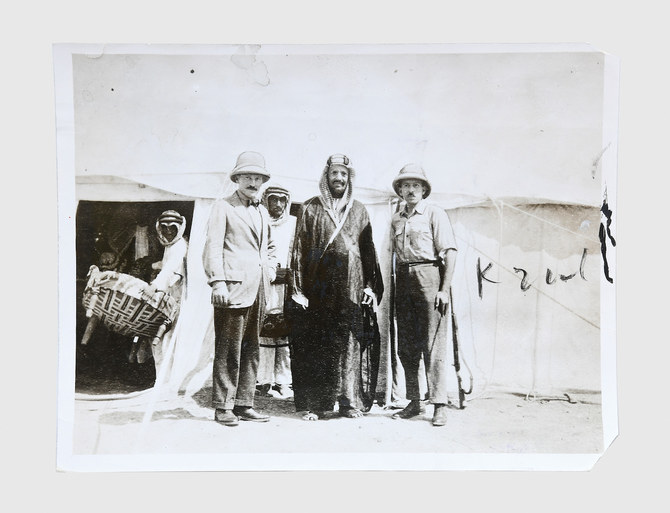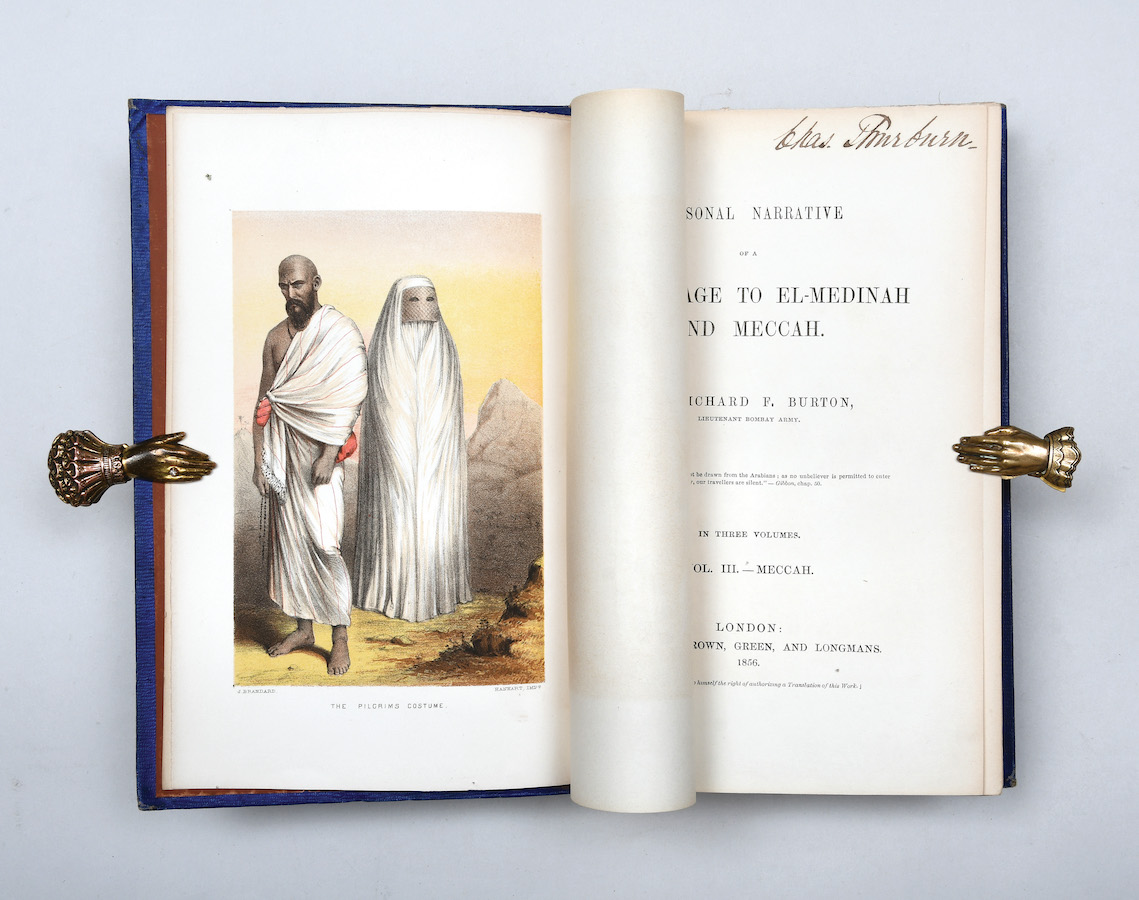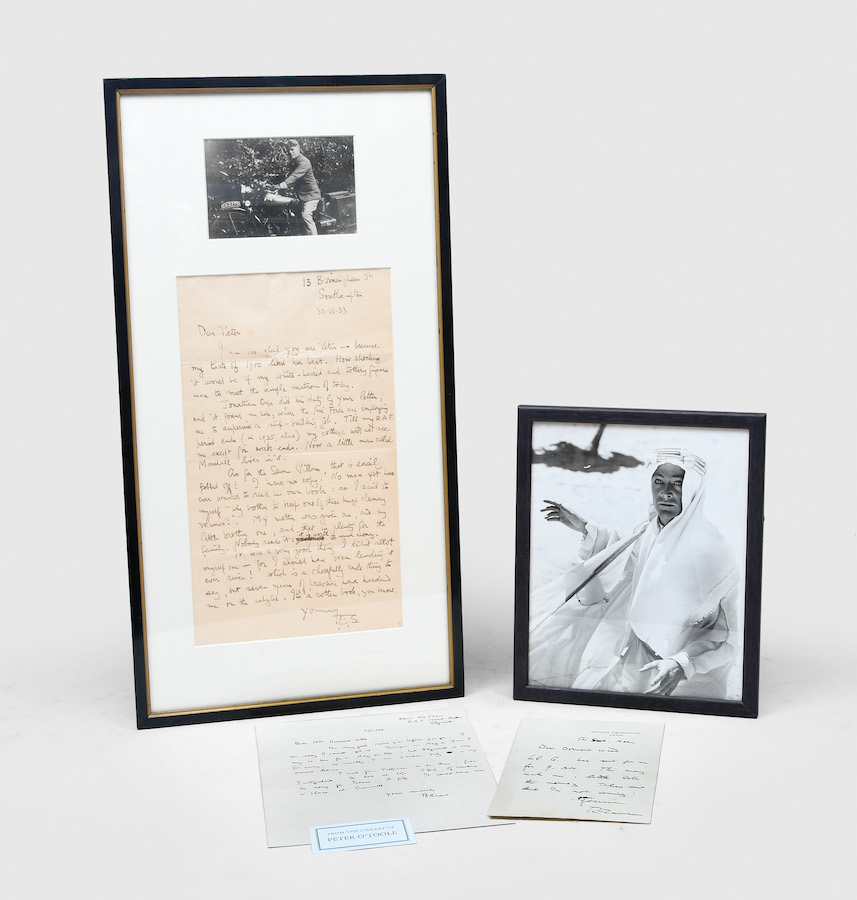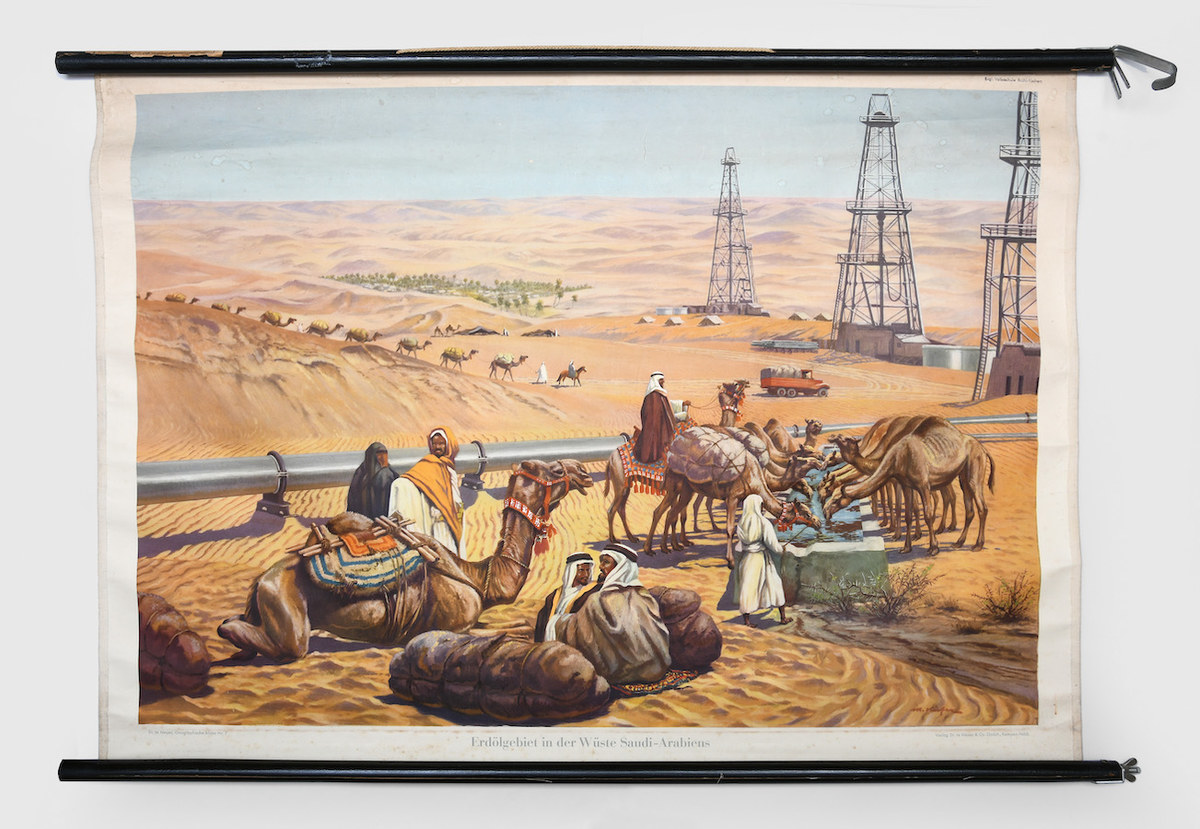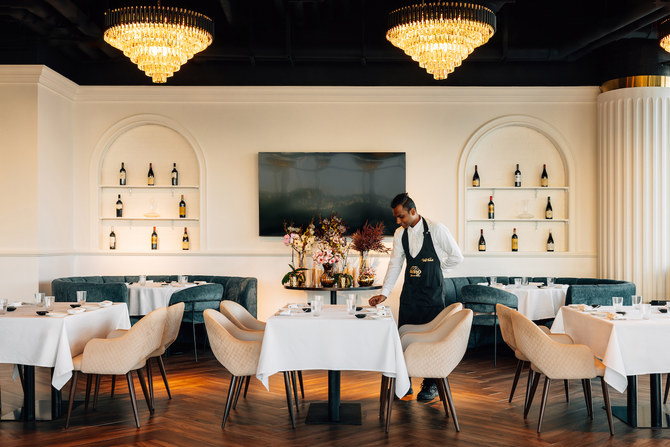KABUL: Sahraa Karimi made headlines with her critically acclaimed documentary “Women Behind the Wheel.” She is back in the driving seat — as the first female boss of a state-run film body that has been led by men since its establishment in 1968.
Karimi, 36, was the only woman to apply for the director-general role at Afghan Film and was competing against four men. She said she wanted to rebuild cinemas in Kabul and nurture local filmmaking.
“We need to make films inside Afghanistan, we need to tell our own stories. Many from outside came and still come to Afghanistan and make (films) about our stories,” she told Arab News. “But Afghan filmmakers do not have the facilities to make films about our own country, so it is my first priority.”
She grew up in Iran and migrated to Slovakia, where she spent more than a decade studying film. The focus of her work has mostly been Afghan women, who have enjoyed greater freedoms and opportunities since the Taliban was ousted in 2001.
Her appointment was welcomed by Afghans from the film and media industries.
“I think it is a great woman who is going to lead Afghan Film. I hope she can protect and support actresses from the terrible culture of disrespect they face,” Fereshta Kazemi, an Afghan actress who has also worked as an anti-corruption adviser, told Arab News.
Journalist Mujahid Andarabi described her as “sunrise in the darkness of night” in a misogynistic society.
Jawan Sher Haidari, who has been involved in the Afghan cinema industry for decades, called Karimi an “active and prominent figure.”
“We do not have proper equipment, even cameras,” he told Arab News. “Once we asked the government for $150,000 for three short films. The answer from the then finance minister was: ‘We do not have the budget for fancy things.’ She (Karimi) will need to start from zero. What government leaders do in terms of culture and the appointment of women are just symbolic moves. They have not done anything fundamentally for the promotion of culture and cinema,” he added.
There is no specific funding for Afghan Film. There is not even a home for it anymore as its offices were allocated to the UK for it to use as part of a new embassy. Items from Afghan Film’s archive that survived Taliban rule — and the plunder before that — are in the presidential palace.
The crumbling state of Afghan Film has even been dubbed “Nothing Wood” by local journalist Tahir Qadery.
Karimi knows about the hurdles but did not know that Afghan Film’s offices had been handed over to the British. She said she hoped to raise money through advocacy. She is even unphased by the Taliban, which has yet to retreat from the public sphere.
“I am not anti-peace. I am pro-peace, because we are tired of this war, but I am not afraid of the Taliban. I belong to a generation of women that fights for every achievement. If they (the Taliban) want peace, we welcome them,” Karimi replied when asked to comment about peace talks between the US and the militant group.
Nabi Tanhar, a veteran director at Afghan Film, outlined some of the other challenges facing Karimi. “The political and security situation has overshadowed all of the cultural affairs, including cinema in Afghanistan,” he told Arab News. “It takes one week to order clothes for an actor. There is too much bureaucracy. The entire country is a challenge and she will face tough times because our films are not digitized. We do not have a building for Afghan Film and no budget.”
He suggested that Karimi could use her network outside Afghanistan to create interest in the local movie industry, advising her to “exercise patience” when she formally took up her role.
An official at the Afghan Ministry of Information and Culture said the Afghan Film building had been taken over by the British because it was next door to the US embassy and opposite NATO headquarters in Kabul’s most secure site.




